 The oldest choral festival in North America will celebrate its 150th birthday next year. It came frightfully close to reaching that awesome landmark without me ever having been present at a single performance. Both it and I were spared what would have been a truly embarrassing occurrence by my attendance on Friday. I am speaking, of course, of Cincinnati’s May Festival which was first held in 1873.
The oldest choral festival in North America will celebrate its 150th birthday next year. It came frightfully close to reaching that awesome landmark without me ever having been present at a single performance. Both it and I were spared what would have been a truly embarrassing occurrence by my attendance on Friday. I am speaking, of course, of Cincinnati’s May Festival which was first held in 1873.
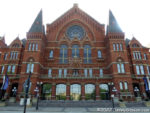 The venue was Cincinnati’s Music Hall. The festival and building have an interesting and possibly unique relationship with the event actually being responsible for the existence of the structure. Before the May Festival became an annual event in 1967 it was generally held every other year. The first two were in 1873 and 1875. Both were held in a large building called Saengerfest Hall. Rain was a minor problem in 1873 and became a major one in 1875. It wasn’t that patrons got wet but that they could not hear the music during the brief time that it fell in 1873 or the much longer period of rainfall in 1875. Amplified by the tin roof of Saengerfest Hall, the rain forced the performance to be paused. It also gave rise to a project to construct the brick building that has been home to the festival since 1878.
The venue was Cincinnati’s Music Hall. The festival and building have an interesting and possibly unique relationship with the event actually being responsible for the existence of the structure. Before the May Festival became an annual event in 1967 it was generally held every other year. The first two were in 1873 and 1875. Both were held in a large building called Saengerfest Hall. Rain was a minor problem in 1873 and became a major one in 1875. It wasn’t that patrons got wet but that they could not hear the music during the brief time that it fell in 1873 or the much longer period of rainfall in 1875. Amplified by the tin roof of Saengerfest Hall, the rain forced the performance to be paused. It also gave rise to a project to construct the brick building that has been home to the festival since 1878.
 Only one of this year’s four major performances fit into my schedule. It turned out to be probably the worst fit for my tastes. There are many things that divide the world’s population and one of them is opera. I am a member of the unappreciative group. But, even though it’s quite likely I would have enjoyed a different program more, there was much to enjoy in Friday’s performance. And I did. For one thing, I believe it was the first time I had ever watched a composer conduct his own composition. I guess John Adams conducting El Niño could be considered the black-tie version of a more-familiar-to-me performance by a singer-songwriter. As always, the Cincinnati Symphony Orchestra sounded superb and the 100+ voices of the May Festival Chorus sounded as wonderful as I’d hoped. The main chorus sat through long periods of inactivity then rose in unison to sing. Each of them held a copy of the libretto so that their risings had the appearance of a large flock of attacking seagulls. I found myself enjoying that more than I probably should have.
Only one of this year’s four major performances fit into my schedule. It turned out to be probably the worst fit for my tastes. There are many things that divide the world’s population and one of them is opera. I am a member of the unappreciative group. But, even though it’s quite likely I would have enjoyed a different program more, there was much to enjoy in Friday’s performance. And I did. For one thing, I believe it was the first time I had ever watched a composer conduct his own composition. I guess John Adams conducting El Niño could be considered the black-tie version of a more-familiar-to-me performance by a singer-songwriter. As always, the Cincinnati Symphony Orchestra sounded superb and the 100+ voices of the May Festival Chorus sounded as wonderful as I’d hoped. The main chorus sat through long periods of inactivity then rose in unison to sing. Each of them held a copy of the libretto so that their risings had the appearance of a large flock of attacking seagulls. I found myself enjoying that more than I probably should have.
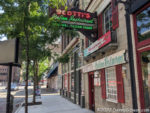
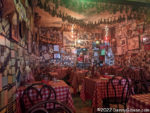
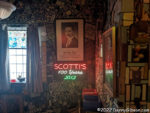 Before the concert, I walked a few blocks from Music Hall to enjoy another Cincinnati tradition. Scotti’s isn’t quite as old as the May Festival but it’s working on it. After studying the stuffed menu for some time, I went with Lasagna Ala Don Giovanni.
Before the concert, I walked a few blocks from Music Hall to enjoy another Cincinnati tradition. Scotti’s isn’t quite as old as the May Festival but it’s working on it. After studying the stuffed menu for some time, I went with Lasagna Ala Don Giovanni.

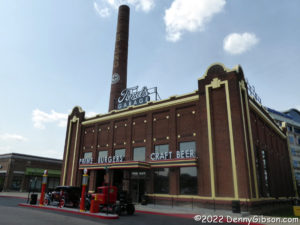



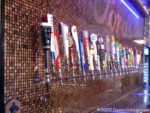
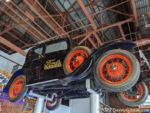
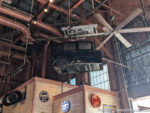
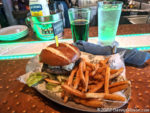

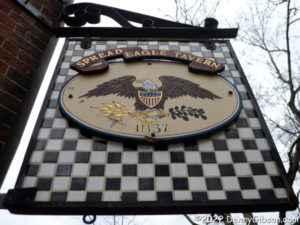
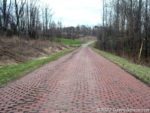

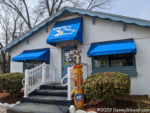
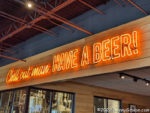
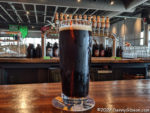
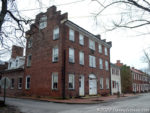
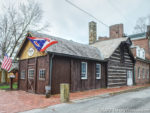
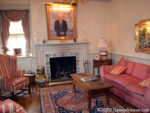

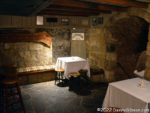
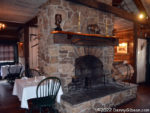
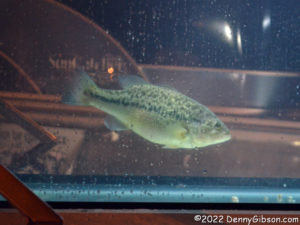
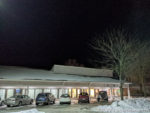
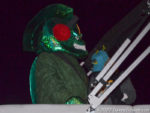
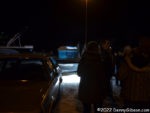



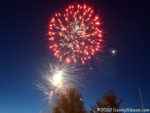
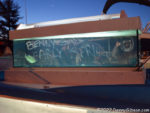


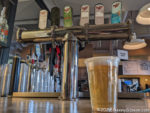
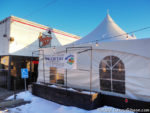
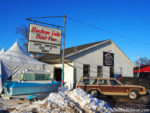
 It’s been said you should write what you know. Brian Butko may or may not believe that but there is reason to think he might believe even more in the corollary: Write what you want to know. I frequently get the impression that Butko enjoys the hunt as much as the kill, research as much as publishing, learning as much as teaching. Isaly’s Chipped Ham, Klondikes, and Other Tales from Behind the Counter gives me that impression in spades. This is Butko’s second run at the subject having published Klondikes, Chipped Ham, & Skyscraper Cones: The Story of Isaly’s in 2001. I’m not familiar with the earlier book but know that there is some unavoidable overlap. No surprise there. There is no doubt a multitude of reasons for the redo but I’ll suggest — and this is pure conjecture — that not only was it tackled in order to improve the story with knowledge learned in the intervening twenty years but as an excuse to learn even more.
It’s been said you should write what you know. Brian Butko may or may not believe that but there is reason to think he might believe even more in the corollary: Write what you want to know. I frequently get the impression that Butko enjoys the hunt as much as the kill, research as much as publishing, learning as much as teaching. Isaly’s Chipped Ham, Klondikes, and Other Tales from Behind the Counter gives me that impression in spades. This is Butko’s second run at the subject having published Klondikes, Chipped Ham, & Skyscraper Cones: The Story of Isaly’s in 2001. I’m not familiar with the earlier book but know that there is some unavoidable overlap. No surprise there. There is no doubt a multitude of reasons for the redo but I’ll suggest — and this is pure conjecture — that not only was it tackled in order to improve the story with knowledge learned in the intervening twenty years but as an excuse to learn even more.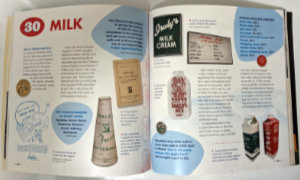 In the middle half of the twentieth century, Isaly’s was a major regional presence whose farms, factories, and stores helped feed a whole lot of people in northeast Ohio and northwest Pennsylvania. The arc of that presence is not unique. It was a family business that saw the success and growth of the first few generations eventually fade away in corporate buyouts. I’ve lived in Ohio my entire life but we missed each other. My neighborhood has been the state’s southwest corner, and the closest Isaly’s ever came to my home was Columbus. Although a few Columbus stores remained in the late 1960s and it’s possible that I saw one, I have no memory of it. The company entered Columbus in 1935, peaked there in the 1940s, and officially began its exit in 1954. Everything I know about Isaly’s I learned from Brian Butko. Brian Butko learned from family members, former employees, company records, newspapers, and libraries.
In the middle half of the twentieth century, Isaly’s was a major regional presence whose farms, factories, and stores helped feed a whole lot of people in northeast Ohio and northwest Pennsylvania. The arc of that presence is not unique. It was a family business that saw the success and growth of the first few generations eventually fade away in corporate buyouts. I’ve lived in Ohio my entire life but we missed each other. My neighborhood has been the state’s southwest corner, and the closest Isaly’s ever came to my home was Columbus. Although a few Columbus stores remained in the late 1960s and it’s possible that I saw one, I have no memory of it. The company entered Columbus in 1935, peaked there in the 1940s, and officially began its exit in 1954. Everything I know about Isaly’s I learned from Brian Butko. Brian Butko learned from family members, former employees, company records, newspapers, and libraries. 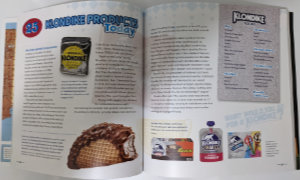 There were other innovations such as Skyscraper Cones, Party Slices, and Klondike Bars. Klondike Bars were the biggie. The only Isaly’s product to have success nationally, they are still available today although they are made by Unilever and no longer bear the Isaly’s name. They do, however, still bear the Isaly’s bear.
There were other innovations such as Skyscraper Cones, Party Slices, and Klondike Bars. Klondike Bars were the biggie. The only Isaly’s product to have success nationally, they are still available today although they are made by Unilever and no longer bear the Isaly’s name. They do, however, still bear the Isaly’s bear. Unlike me, Brian has plenty of personal Isaly’s memories. He says that his earliest was of their macaroni and cheese. His excitement is evident when given access to a 3-ring binder of company recipes. He finds the sought-after Baked Macroni then writes, “I have yet to try the official recipe…”. The fact that the recipe yields 60 servings might be one deterrent but I think I also detect a little fear that today’s result might not live up to yesterday’s memories. I, for one, encourage Brian to face his fear and look that macaroni right in the elbow. Finding 59 mac & cheese eaters should be easy.
Unlike me, Brian has plenty of personal Isaly’s memories. He says that his earliest was of their macaroni and cheese. His excitement is evident when given access to a 3-ring binder of company recipes. He finds the sought-after Baked Macroni then writes, “I have yet to try the official recipe…”. The fact that the recipe yields 60 servings might be one deterrent but I think I also detect a little fear that today’s result might not live up to yesterday’s memories. I, for one, encourage Brian to face his fear and look that macaroni right in the elbow. Finding 59 mac & cheese eaters should be easy.
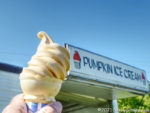

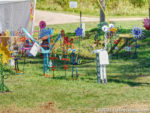

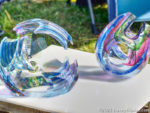
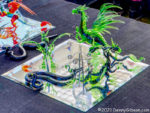





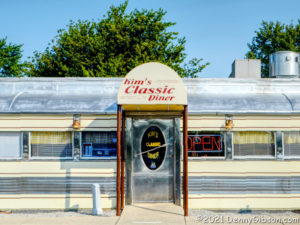


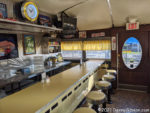


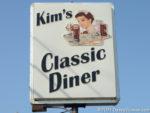
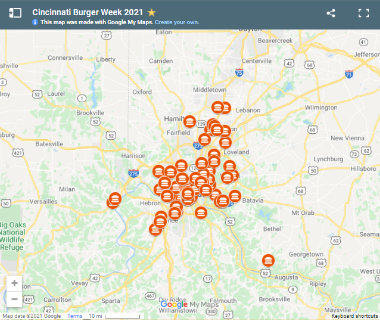 The first day of this year’s
The first day of this year’s 
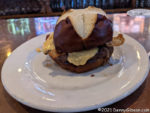
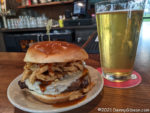
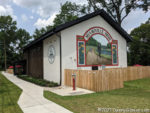
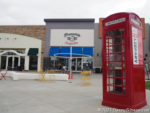
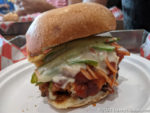

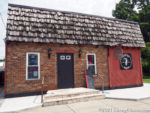
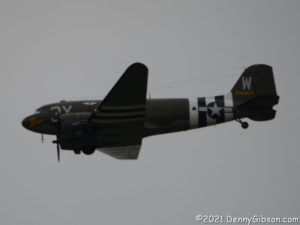


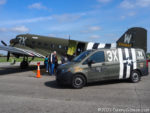
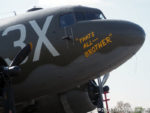
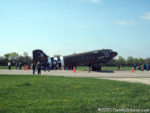

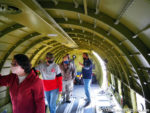



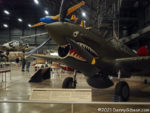
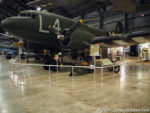
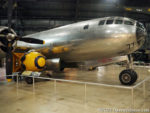
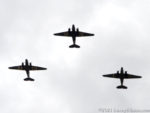
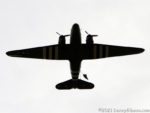

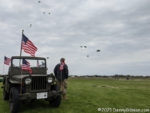
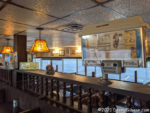


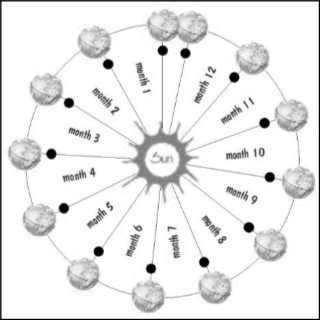 The Jewish calendar is lunisolar meaning it is based on both the sun and the moon. The more common Gregorian calendar is purely solar with no direct lunar involvement. All months of the Jewish calendar start with a new moon. A new moon occurs approximately every 29.5 days so that the Jewish calendar can keep the months pretty much in sync with the phases of the moon by alternating 29 and 30 day months. Of course, 12 X 29.5 is a little short of the 365.24 days that it takes the Earth to circle the sun so every now and then a thirteenth month is added to the year. The timing of these “leap months” is based on a nineteen-year cycle and there are other tweaks as well.
The Jewish calendar is lunisolar meaning it is based on both the sun and the moon. The more common Gregorian calendar is purely solar with no direct lunar involvement. All months of the Jewish calendar start with a new moon. A new moon occurs approximately every 29.5 days so that the Jewish calendar can keep the months pretty much in sync with the phases of the moon by alternating 29 and 30 day months. Of course, 12 X 29.5 is a little short of the 365.24 days that it takes the Earth to circle the sun so every now and then a thirteenth month is added to the year. The timing of these “leap months” is based on a nineteen-year cycle and there are other tweaks as well. Passover begins on the fifteenth day of the month of Nisan which is the first month after the vernal equinox. Because every month starts with a new moon, the fifteenth of every month is a full moon. Ergo, Passover always begins on a full moon. Being a week long, it always contains a Sunday. Rather than moving Easter away from Passover in 325, the First Council of Nicaea kept the scheduling just the same as it had always been and simply stopped saying the word Passover out loud. Oh wah, tagoo, Siam.
Passover begins on the fifteenth day of the month of Nisan which is the first month after the vernal equinox. Because every month starts with a new moon, the fifteenth of every month is a full moon. Ergo, Passover always begins on a full moon. Being a week long, it always contains a Sunday. Rather than moving Easter away from Passover in 325, the First Council of Nicaea kept the scheduling just the same as it had always been and simply stopped saying the word Passover out loud. Oh wah, tagoo, Siam.